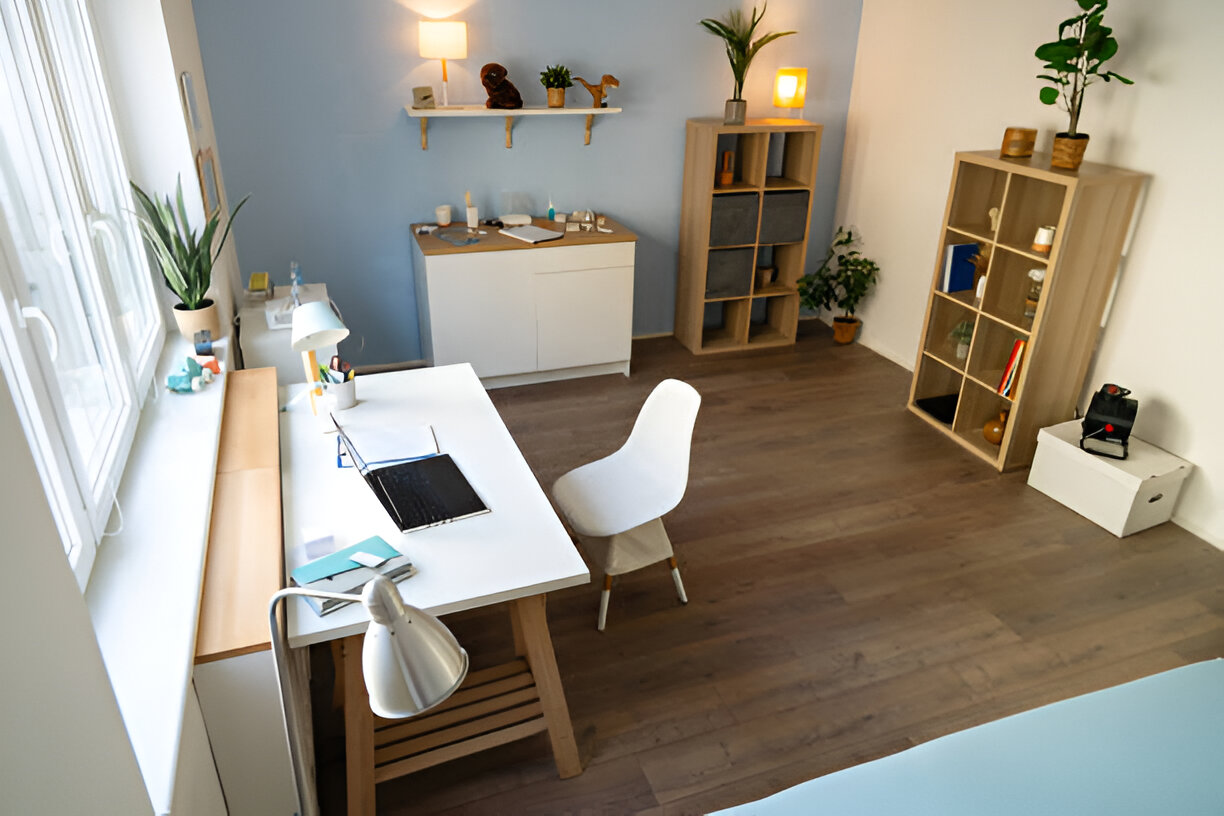As we move into 2024, one of the most fascinating statistics in the real estate market highlights the profound shift in housing preferences driven by the remote work trend. According to a recent survey by the National Association of Realtors (NAR), over 55% of homebuyers now prioritize having a dedicated home office space when choosing a new property. This marks a significant increase from just a few years ago, when such considerations were far less common.
The Rise of Remote Work and Its Influence on Housing Trends

The COVID-19 pandemic accelerated the adoption of remote work, and as a result, many companies have embraced flexible working arrangements as a long-term option. This shift has led to a fundamental change in what people look for in a home. Here’s how the rise of remote work is reshaping the real estate landscape:
- Increased Demand for Home Office Space: As remote work becomes a permanent fixture for many, buyers are actively seeking homes with dedicated office spaces. These spaces are no longer just a luxury but are considered essential for work-life balance and productivity.
- Growth in Suburban and Rural Areas: The ability to work remotely has also fueled a migration from urban centers to suburban and rural areas. Homebuyers are increasingly interested in properties that offer more space and a better quality of life, often found in less densely populated regions.
- Higher Property Values in Certain Areas: The demand for homes with home office capabilities has led to a notable increase in property values in suburban and rural areas. These regions, once considered less desirable, are now experiencing a surge in real estate activity as people prioritize functionality and space over proximity to city centers.
- Innovation in Home Design: Builders and developers are responding to this trend by incorporating innovative designs and features that cater to remote work. This includes dedicated office rooms, soundproofing, and high-speed internet infrastructure.
Anecdote: A Family’s Journey to Finding the Perfect Home Office

Consider the story of the Johnson family from Austin, Texas. In early 2024, the Johnsons decided to relocate from a bustling city center to a more spacious suburban area. The driving force behind their decision was not just the desire for a larger home but the need for a well-designed office space that could accommodate both parents working from home and their two children’s virtual learning needs.
During their home search, the Johnsons encountered a growing number of listings highlighting dedicated office spaces, soundproof rooms, and built-in technology solutions. Their new home, purchased in a picturesque suburb with a dedicated office and a spacious backyard, perfectly embodies the shift in housing priorities. The Johnsons found that their new home not only enhanced their work-life balance but also provided a more serene and productive environment.
The Evolving Real Estate Landscape in 2024

The statistic about the rising demand for home office spaces is a clear indicator of how remote work is transforming the real estate market. As remote work continues to influence housing preferences, it’s shaping the way people choose and design their homes. For buyers and investors, understanding these trends is crucial to making informed decisions and capitalizing on emerging opportunities in the real estate market.
The ongoing evolution in housing needs reflects a broader shift in lifestyle priorities, and the ability to adapt to these changes will be key to thriving in today’s dynamic real estate environment.









